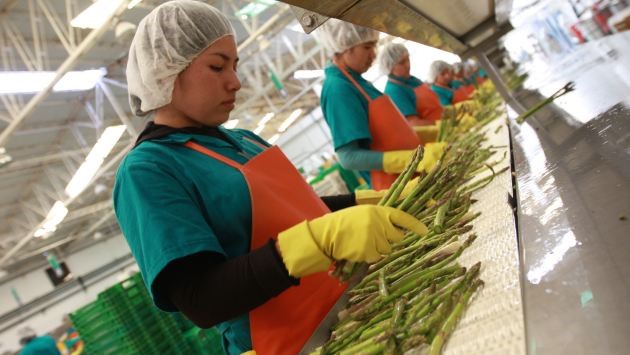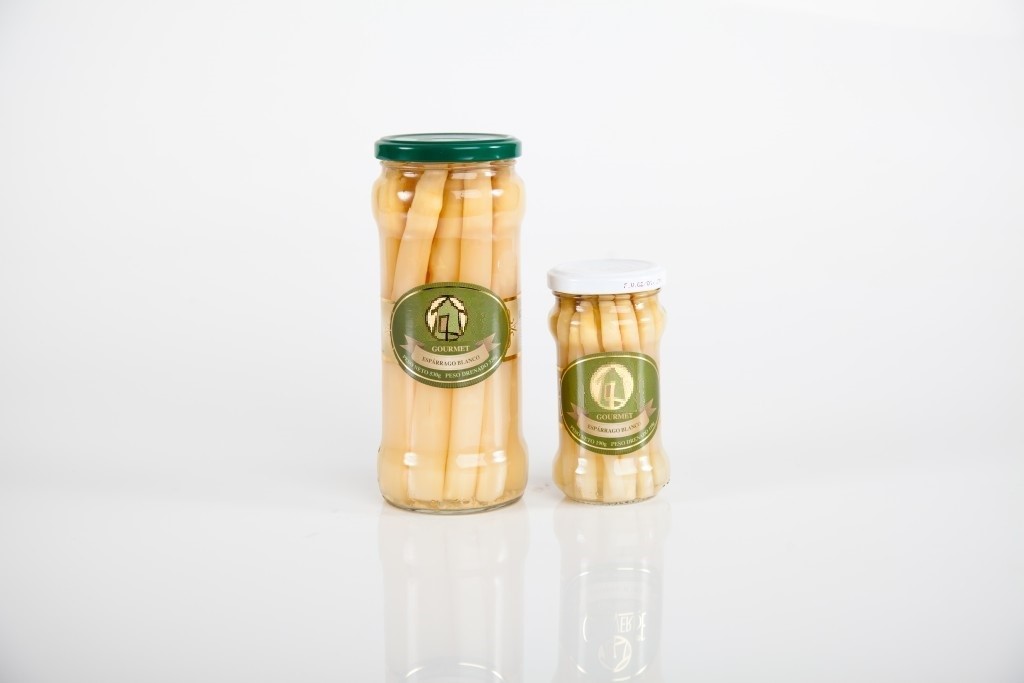




Around the world, they are already looking forward to the beginning of the asparagus season. Whether in the United States, where basically this vegetable is included in the daily diet; in Italy, where restaurants don't see the time to offer asparagus-based menus or in Germany, where they take this vegetable very seriously and celebrate every May the Spargelfest (or asparagus festival) where white asparagus is the king and every year German girls dream of becoming Spargelkönigin or rather, asparagus queen.
Asparagus cultivation began in Peru at the beginning of the 50s. The first sowings were carried out in the Virú Valley, based on a small family project for the export of canned white asparagus to Denmark.
However, the true development of asparagus occurred after 1985, after the Association of Farmers of Ica, in its desire to replace traditional crops with export crops, explored opportunities in the South of the United States, for whose financing he turned to the help of the United States Agency for International Development (USAID).


The yields that were achieved, both in green and white asparagus were very high from the beginning, thanks to the excellent climatic conditions and the loose soils of our Peruvian coast, which is the largest natural greenhouse in the world. This allowed some valleys to obtain up to two crops per year and in others, three crops in two years. As the areas increased, our country quickly climbed positions as an exporting country, surpassing, as we mentioned earlier, traditional producers such as Mexico, Spain, the United States and China.
Two types of asparagus are harvested in Peru: white and green. But they have never wondered, why the variety of color? White asparagus has that color because they grow underground, so that, when not receiving sunlight, it does not develop chlorophyll, a pigment responsible for the green color of vegetables. Asparagus is collected when it is not yet released, that is, it is the root of this plant. On the other hand, green asparagus is not the root, but the germinated plant and to which it has given the sunlight that gives it the green color it possesses.


White asparagus is characterized by having a creamier and more delicate flavor; they are also thicker than green asparagus and softer. On the other hand, green asparagus is endowed with more nutrients than white ones, this is due to the sun's exposure to which green asparagus is subjected. However, white asparagus has been considered a delicacy, especially by Europeans and costs about twice what green asparagus costs. This is because the collection of this type of vegetable must be done manually, since they have to be extracted from the earth very carefully, something that does not happen with those of the other type

Around the world, they are already looking forward to the beginning of the asparagus season. Whether in the United States, where basically this vegetable is included in the daily diet; in Italy, where restaurants don't see the time to offer asparagus-based menus or in Germany, where they take this vegetable very seriously and celebrate every May the Spargelfest (or asparagus festival) where white asparagus is the king and every year German girls dream of becoming Spargelkönigin or rather, asparagus queen.

Asparagus cultivation began in Peru at the beginning of the 50s. The first sowings were carried out in the Virú Valley, based on a small family project for the export of canned white asparagus to Denmark.
However, the true development of asparagus occurred after 1985, after the Association of Farmers of Ica, in its desire to replace traditional crops with export crops, explored opportunities in the South of the United States.

The yields that were achieved, both in green and white asparagus were very high from the beginning, thanks to the excellent climatic conditions and the loose soils of our Peruvian coast, which is the largest natural greenhouse in the world. As the areas increased, our country quickly climbed positions as an exporting country, surpassing, as we mentioned earlier, traditional producers such as Mexico, Spain, the United States and China.

Two types of asparagus are harvested in Peru: white and green. But they have never wondered, why the variety of color? White asparagus has that color because they grow underground, so that, when not receiving sunlight, it does not develop chlorophyll, a pigment responsible for the green color of vegetables. Asparagus is collected when it is not yet released, that is, it is the root of this plant. On the other hand, green asparagus is not the root, but the germinated plant and to which it has given the sunlight that gives it the green color it possesses.

White asparagus is characterized by having a creamier and more delicate flavor; they are also thicker than green asparagus and softer. On the other hand, green asparagus is endowed with more nutrients than white ones, this is due to the sun's exposure to which green asparagus is subjected. This is because the collection of this type of vegetable must be done manually, since they have to be extracted from the earth very carefully, something that does not happen with those of the other type



Keep In Touch
Tel: +52 (1) 998 225 3417
S.M. 312, Residencial Isla Azul, calle Santa Lucia, casa 6
– N. Int 6
C.P. 77560 Cancún – Quintana Roo